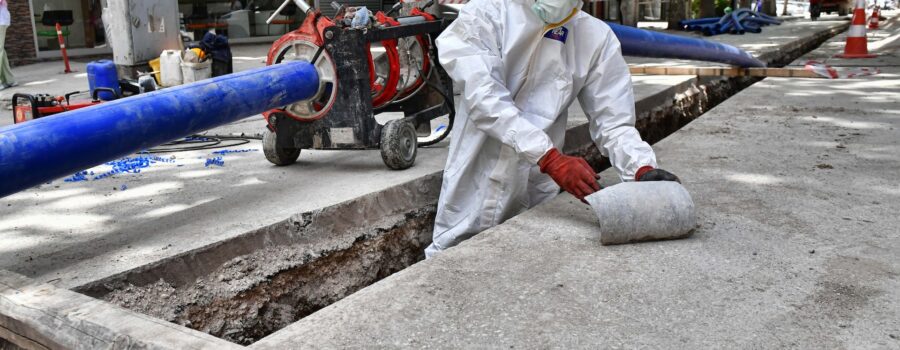
Abatement vs. Remediation in Construction: What is the Difference?
If you’re renovating or remodeling a home, you may come across mold, asbestos, or lead paint. Regardless of what the issue is, it needs to be safely removed to ensure that it doesn’t continue posing safety and health hazards to anyone who lives there. There are two processes that can be used at a construction site to make sure these issues are eradicated and don’t return, which include abatement and remediation.
Abatement is a process that involves getting rid of a problem at the construction site in a manner that ensures it doesn’t return. Remediation is necessary to make sure that the underlying cause of the problem is properly addressed. In many cases, abatement and remediation are needed when mold or asbestos is discovered at a construction site.
It’s highly recommended that you use abatement or remediation in your building when you notice one of the three aforementioned issues. If these issues are left untended, they can lead to serious health problems among anyone who lives or works in the building. Keep in mind that there are certain labor laws that apply to the remediation and abatement processes. This law dictates that anyone who wants to remove asbestos from a building must first obtain an asbestos abatement contractor license. This guide provides you with a more comprehensive overview of how abatement and remediation differ from one another.
What is Abatement in Construction?
Abatement is a very common process that involves removing a specific problem from the construction site or mitigating it in a manner that allows it to exist without causing further harm to anyone who lives or works in the building. The initial step in the abatement process involves sealing off the area that’s impacted by lead, asbestos, or similar issues. You can seal off the portion of the building where work needs to be done by hanging several sheets of polyethylene, which can be secured with polyethylene tape.
All contaminated materials should then be removed and put into disposal bags that are made from polyethylene. Once all contaminated materials have been put in the bag, close it with tape. At this point in the process, all that’s left is to clean the area with a damp cloth. In some situations, a HEPA vacuum may be necessary to ensure that the area is properly cleaned.
What is Remediation in Construction?
Remediation is designed specifically to take care of the underlying problem that leads to the need for an abatement strategy. Make sure that you create an in-depth remediation plan and abatement strategy before work starts. In most cases, remediation involves a professional assessing the issue and writing an extensive report that addresses the scope of the problem. This report should also include details about the contamination source, recommendations on how to remove any contaminated materials, what type of testing should be completed, and the various solutions that can be used to eliminate the issue for good.
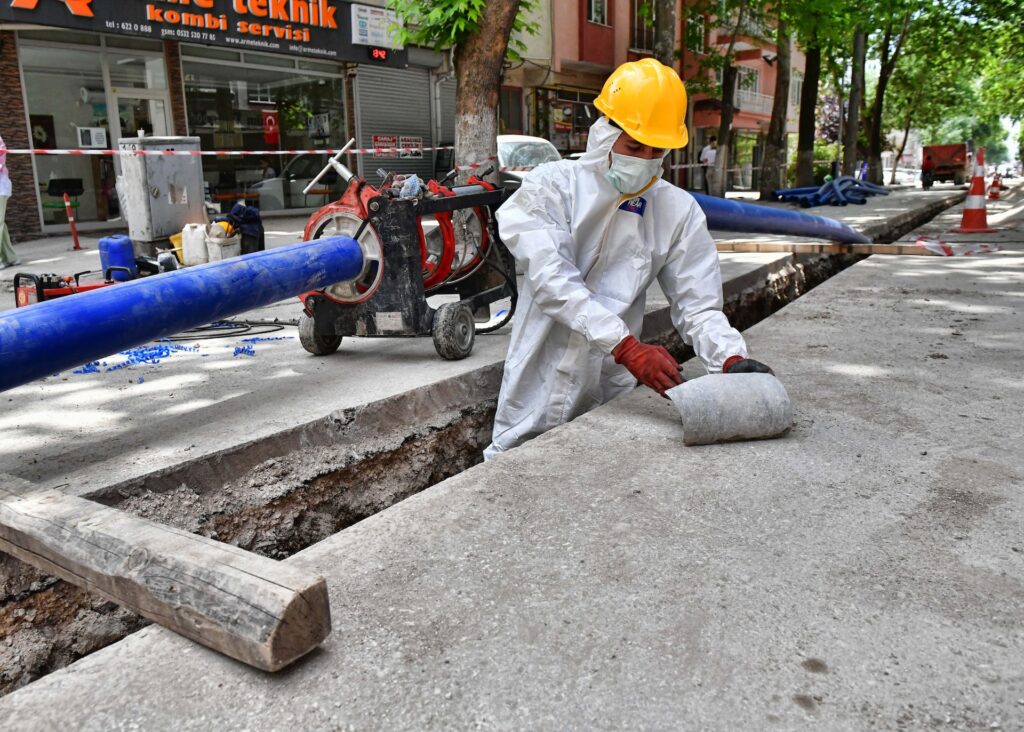
Which Do I Need?
Using abatement or remediation largely depends on the toxic materials that need to be removed. Lead and asbestos are two substances that were once added directly to construction materials before anyone understood how hazardous they were. Once these issues have been abated, there’s no longer the potential for damage. Neither asbestos or lead can spread to other materials, which means that removing these materials from a home or commercial building instantly corrects the problem.
Mold is considered to be an organic material, which is why it requires an additional step of remediation to be added on top of the abatement process. During the abatement process, all mold will be removed from the building. Performing remediation allows you to identify and correct the source of any moisture in the building. Once you remove mold, it could come back if the underlying problem isn’t addressed. Having a comprehensive remediation plan gives you the opportunity to get rid of mold forever.
Section 6501.8 of the Labor Code
Section 6501.8 of the Labor Code involves the abatement of hazardous materials in different types of buildings and structures. This portion of the Labor Code is centered around all asbestos-related work, which is work that disturbs construction materials that contain asbestos. When these materials are disturbed, asbestos fibers could be released into the air.
Before someone can perform the abatement process in a home or commercial building, they will need to obtain an asbestos abatement contractor license. The licensed individual can then contain, remove, and dispose of all construction materials that consist of asbestos. Any of the work that an asbestos abatement contractor performs must adhere to the requirements and regulations regarding this service that have been set by the Division of Occupational Safety and Health.
Keep in mind that the board that can provide you with this type of contractor license will only do so once you’ve registered with the Division of Occupational Safety and Health. You can only hold the asbestos abatement contractor classification once you’ve completed all of the registration training requirements that are found in Section 1529 of the California Code of Regulations.
Keep in mind that this specific classification doesn’t cover alterations, repairs, rehabilitation, or additions to permanently retained aspects of structures and buildings. While remediation guidelines are available in Section 7058.7, remediation isn’t covered with the asbestos abatement contractor license.
Hazards to Look Out For
There are several different types of hazards that are commonly found in buildings of all types, which include mold, asbestos, and lead. Each problem can be a health hazard.
Mold
Mold is an organic material that’s found in the environment and can grow practically anywhere at any time of the year. Every person comes into contact with mold spores on a daily basis. Even though these spores are breathed in, mold isn’t a serious problem until it grows in an area with excess moisture.
If there are substantial amounts of mold present in a home or commercial building, serious health problem can occur, the primary of which include allergic symptoms. Because of how mold grows and spreads, furnishings and building materials can also be damaged.
When mold is present in an indoor environment, you can’t merely get rid of the mold spores and believe that the problem is resolved. Eliminating indoor mold growth is only possible by getting rid of the moisture that’s causing the growth. The health issues that can be brought about by mold include everything from a runny nose and sneezing to headaches and difficulties with breathing.
Some of the more common reasons why mold can grow and spread in a building include roof leaks, plumbing leaks, high humidity, moisture condensation, and flooding. The steam created from cooking or taking a shower can also cause issues if the area isn’t properly ventilated. Make sure to address causes of excess moisture before mold develops.
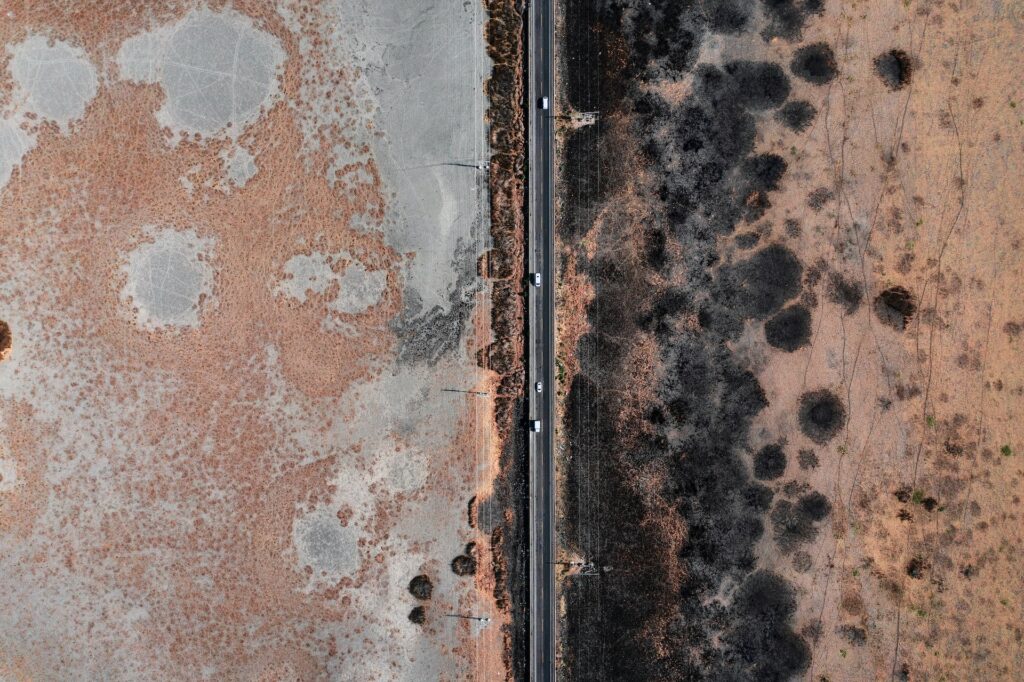
Lead
The U.S. Department of Housing and Urban Development and the EPA have created a lead-based paint disclosure rule that provides renters and buyers of homes that were built before 1978 with the ability to request a lead paint inspection without needing to pay any fees.
The seller or landlord of the property must comply with these guidelines. Keep in mind, however, that zero-bedroom dwellings and university dormitory housing are exempt from these regulations. If lead-based paint gets into the air, it’s possible that you could suffer from lead poisoning. The types of health issues that can be brought about by exposure to lead include headaches, nausea, irritability, seizures, learning disabilities, and behavioral problems.
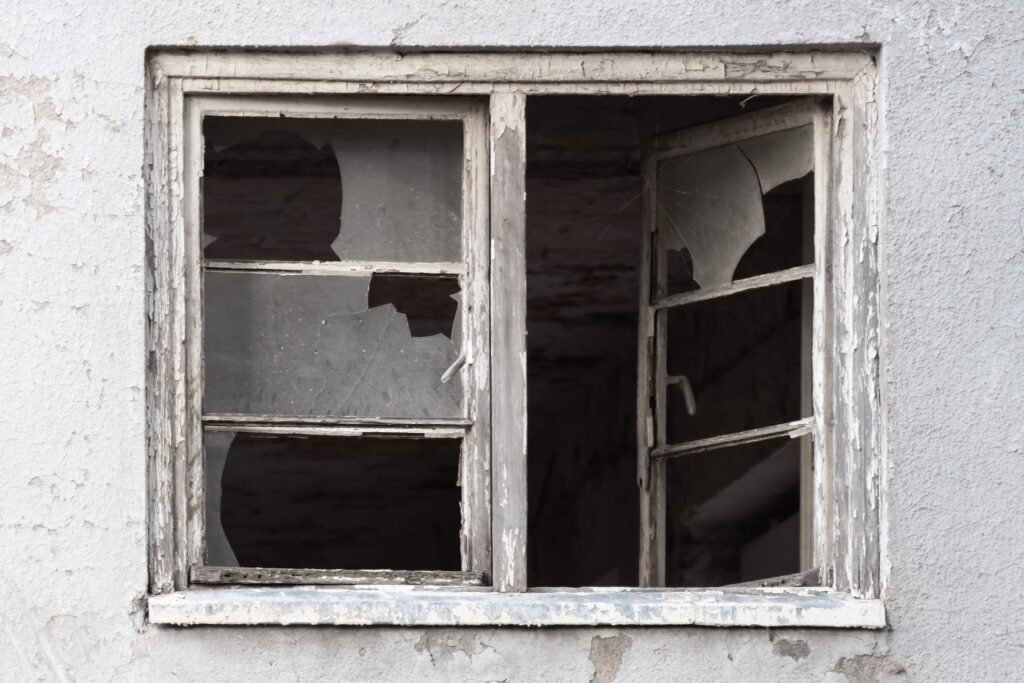
Asbestos
Asbestos is a type of mineral fiber that was used in the creation of many different building materials before 1980. When applied properly, asbestos could help with bolstering fire resistance, strength, and heat insulation. It’s possible for homes that were constructed before 1980 to have been built with asbestos materials, the primary of which include floor tiles, plaster, pipe insulation, ceiling tiles, texturized paints, and various glues.
In the event that you breathe in asbestos fibers, you could experience severe health problems like lung disease as well as cancer. Keep in mind, however, that the only thing that causes these fibers to get into the air is if they are disturbed. In this scenario, the fibers can be inhaled accidentally. When the materials are sealed, intact, and completely undisturbed, they aren’t considered to be a hazard. Since the materials aren’t always a hazard, it’s recommended by the EPA that the materials are kept in place and in great condition.
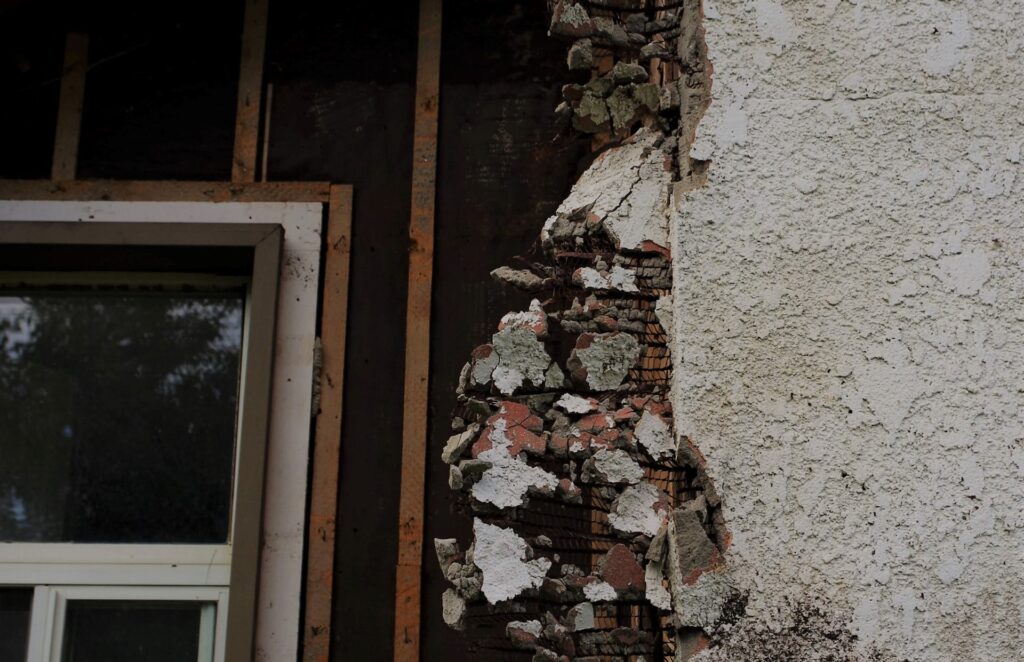
If you want to be certain that you’re protected from asbestos, some of the steps you can take include:
- Always believe that building materials have been made with asbestos unless you’re told otherwise
- Don’t vacuum or sweep possible asbestos debris away
- Make sure that asbestos materials are removed only by state-licensed contractors
- Report the potential deterioration or damage of a possible asbestos building material immediately
- Don’t drill into, grind, sand, remove, or cut a material that could consist of asbestos
Abatement and remediation are oftentimes necessary when working on a construction site. If performed correctly, these processes will protect you and anyone else at the site from the health issues caused by mold, asbestos, and lead. When attempting to complete the remediation or abatement process, make sure that you take the necessary precautions or call a professional.

Jason Somers, President & Founder of Crest Real Estate
With over 15 years of professional experience in the Los Angeles luxury real estate market, Jason Somers has the background, judgement and track record to provide an unparalleled level of real estate services. His widespread knowledge helps clients identify and acquire income producing properties and value-ad development opportunities.
Learn more about Jason Somers or contact us.



